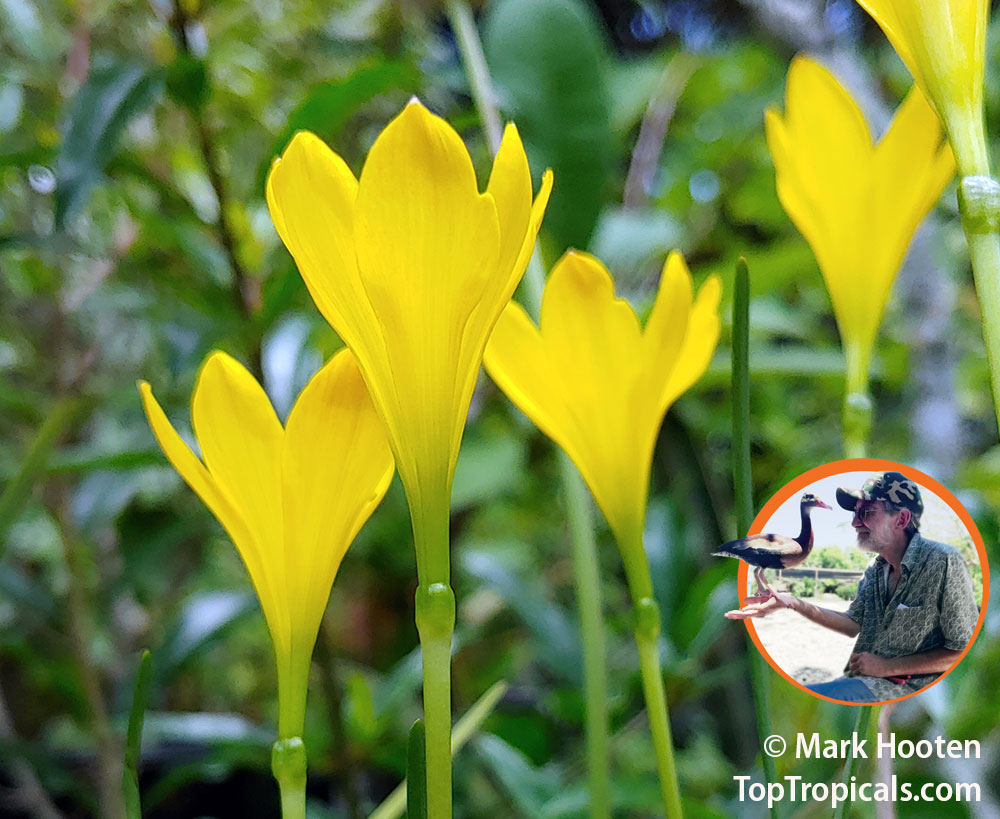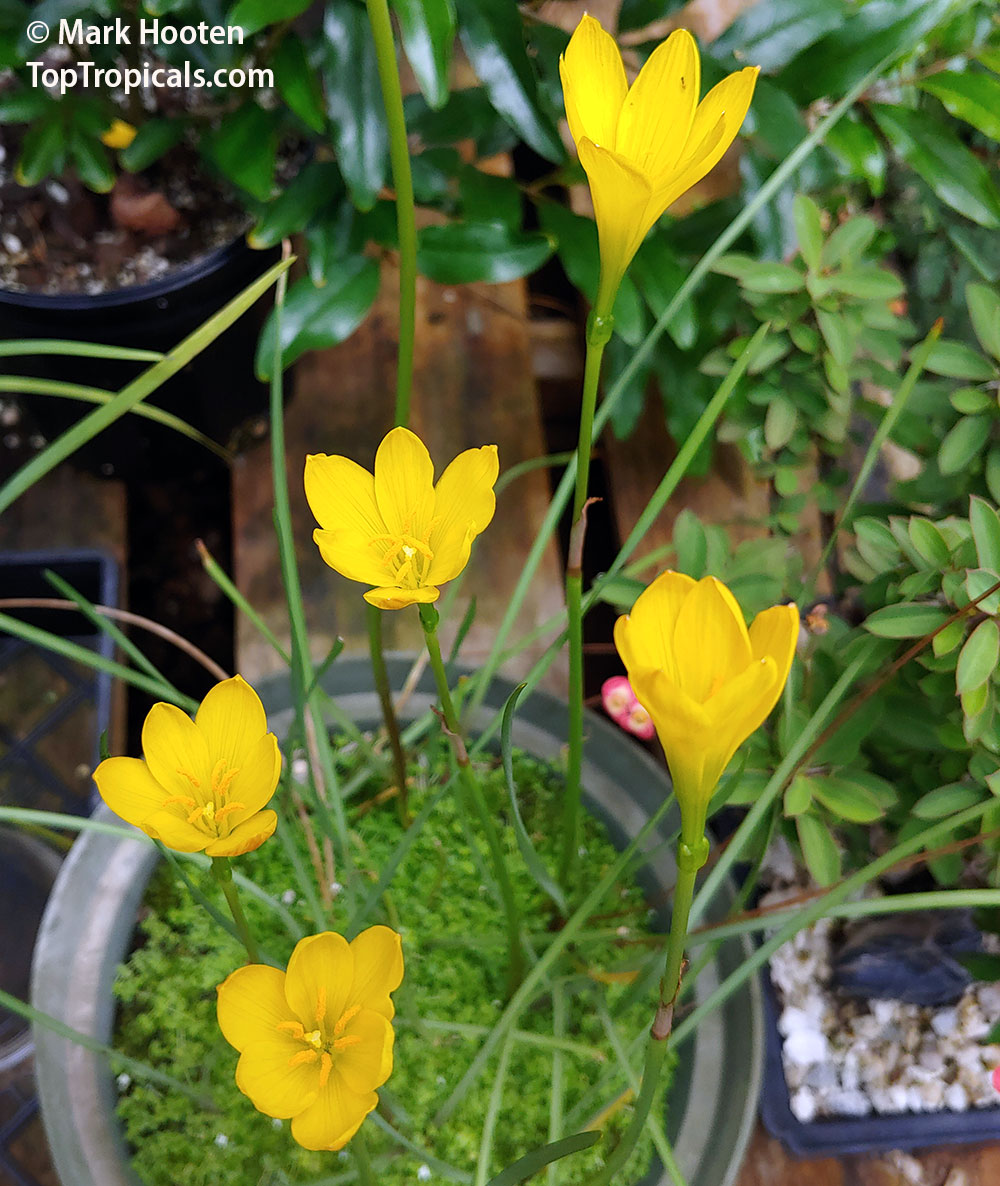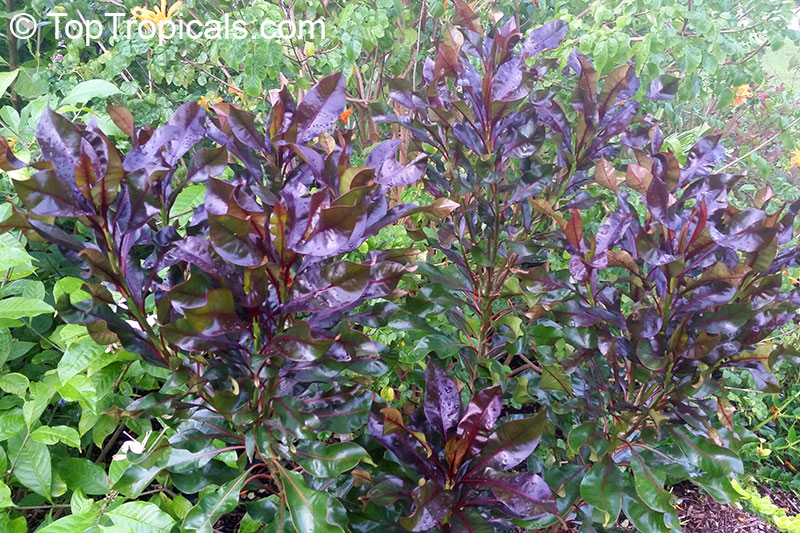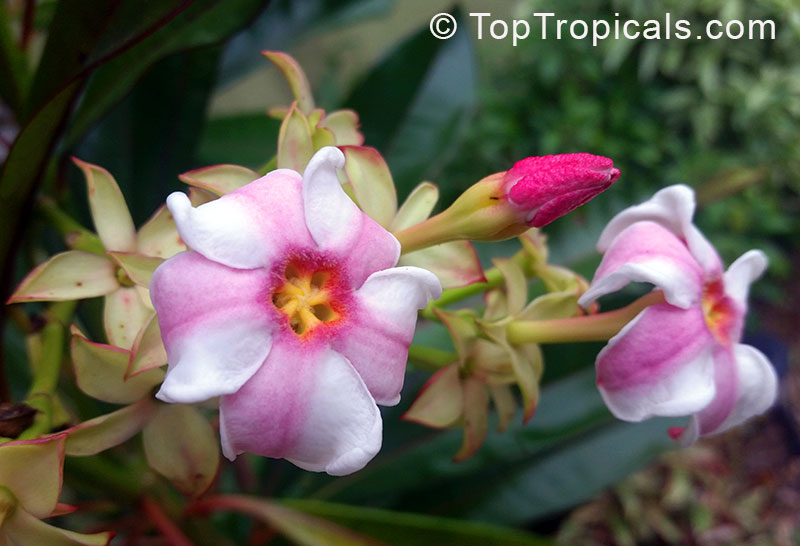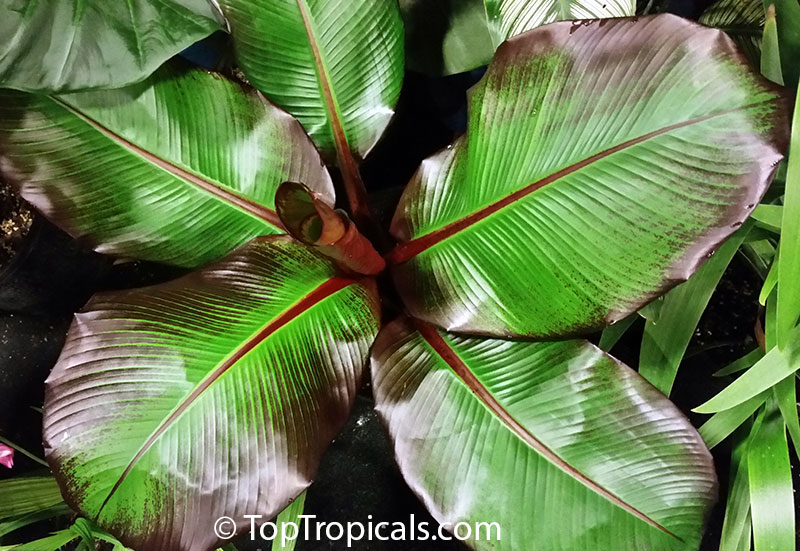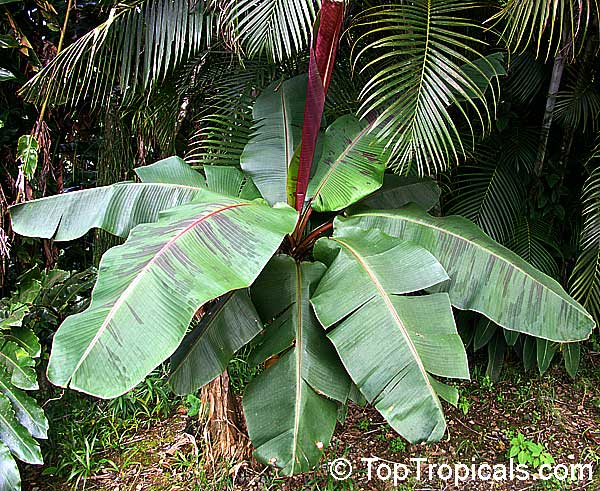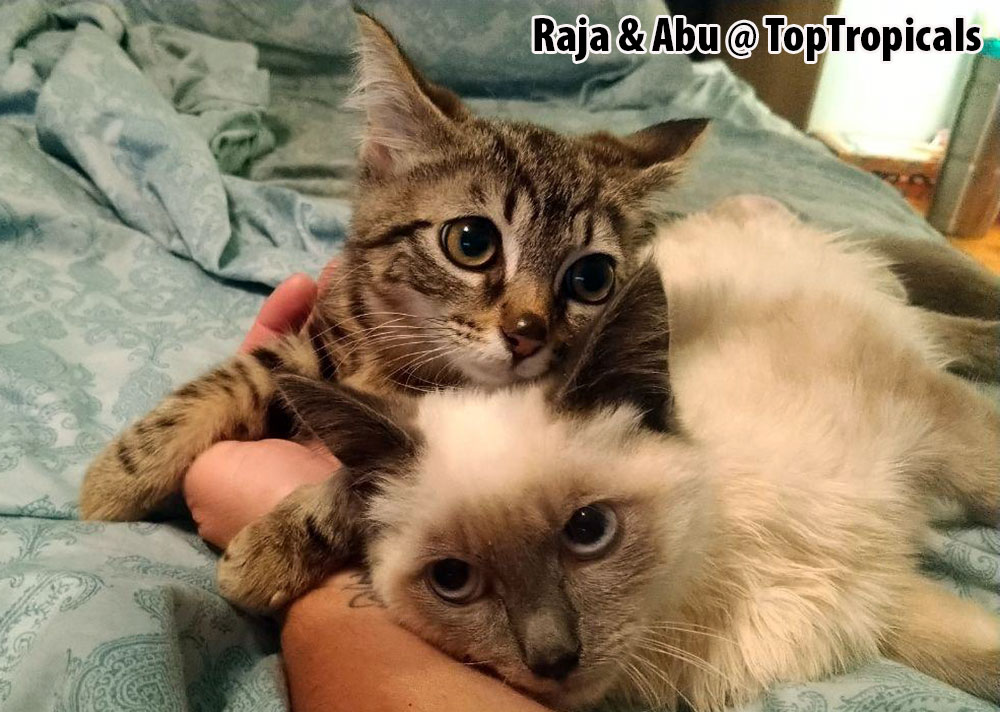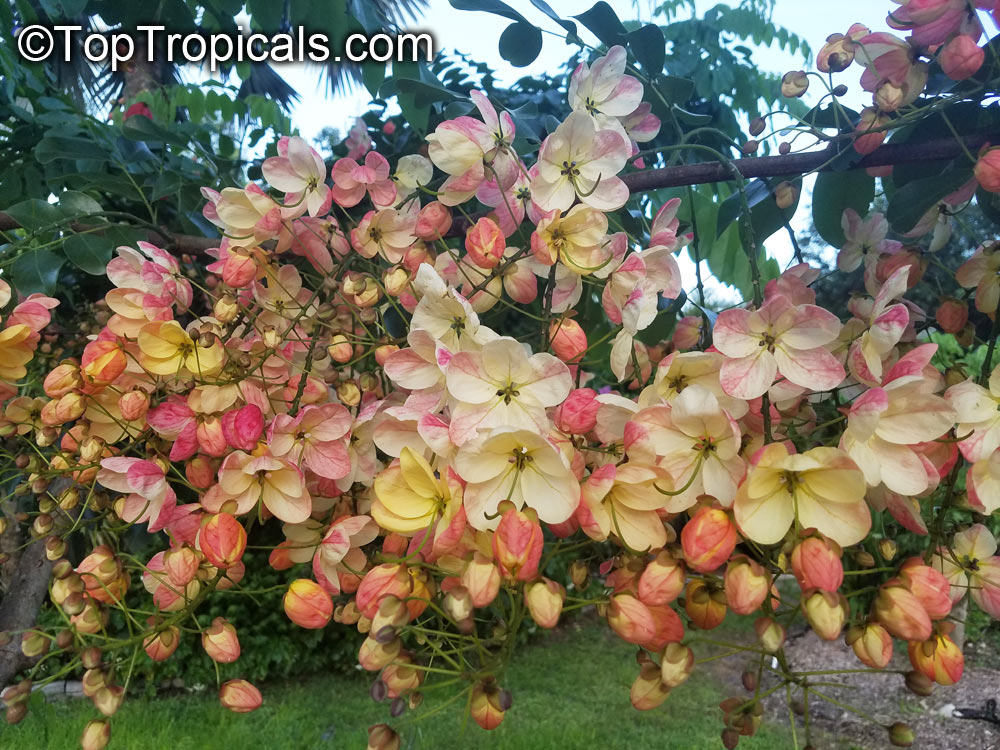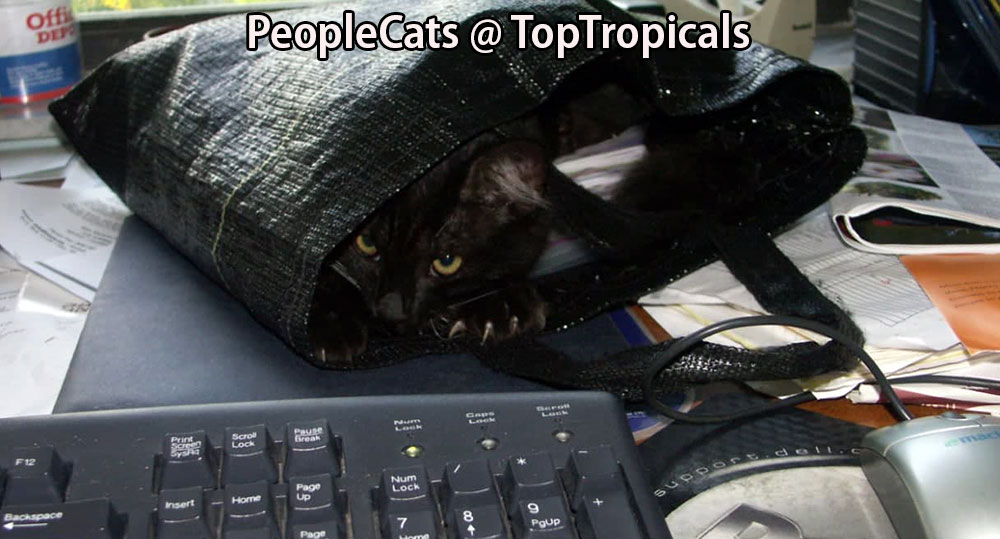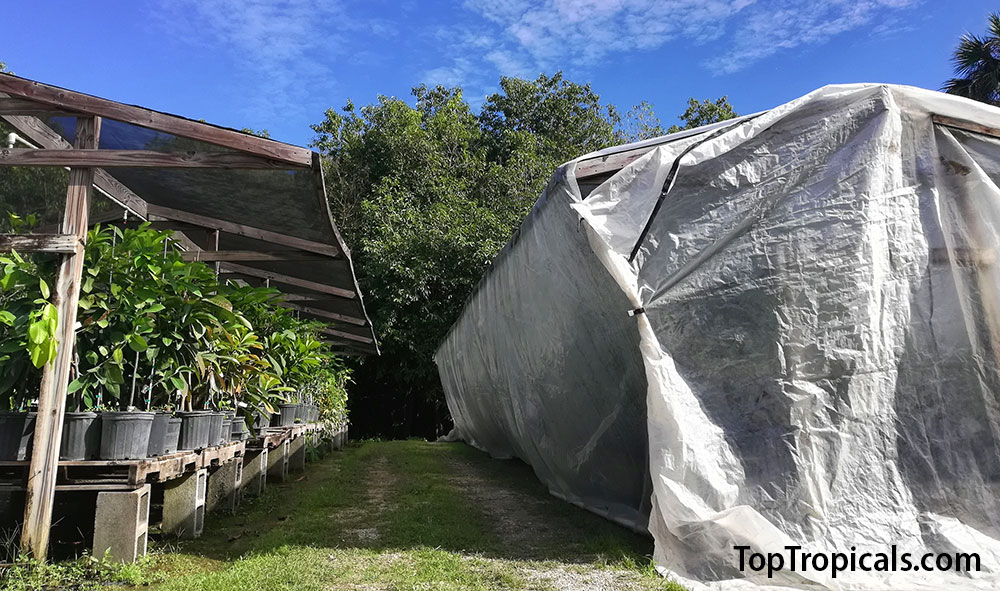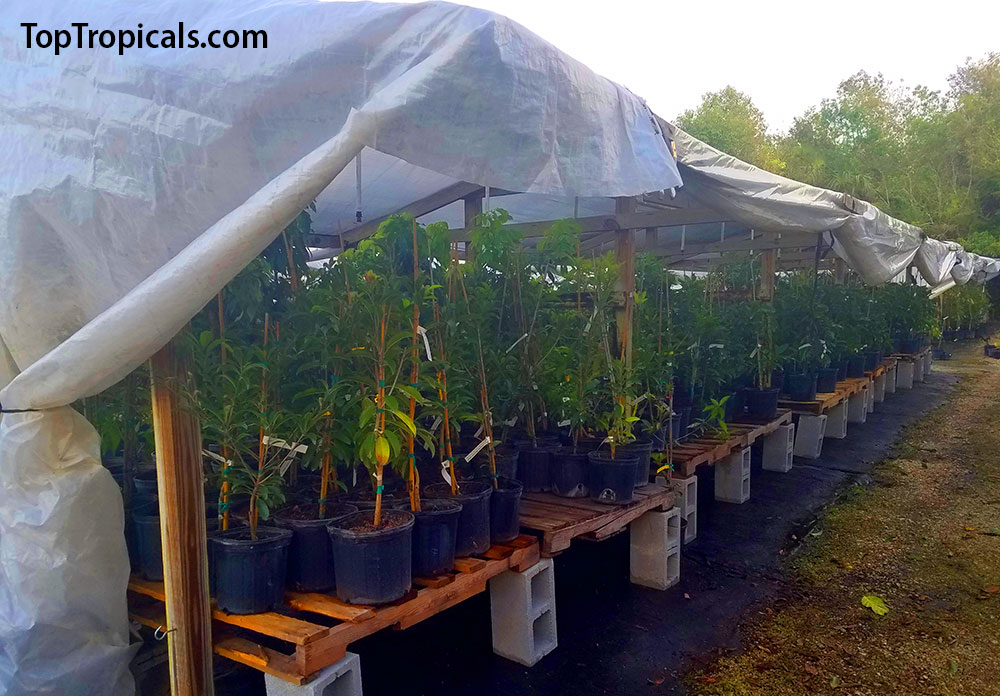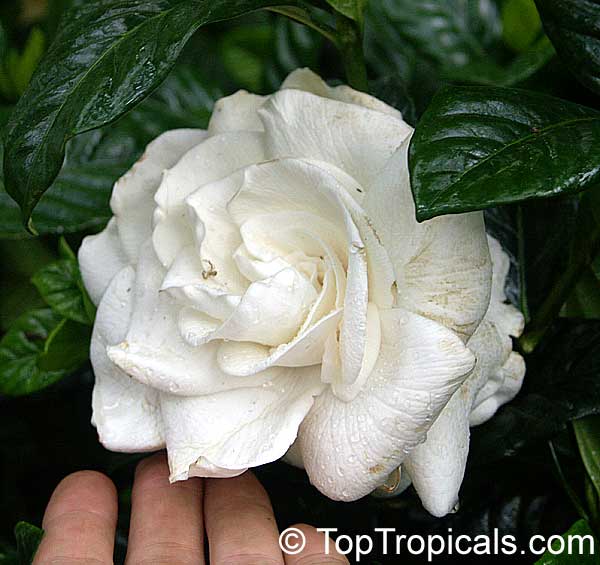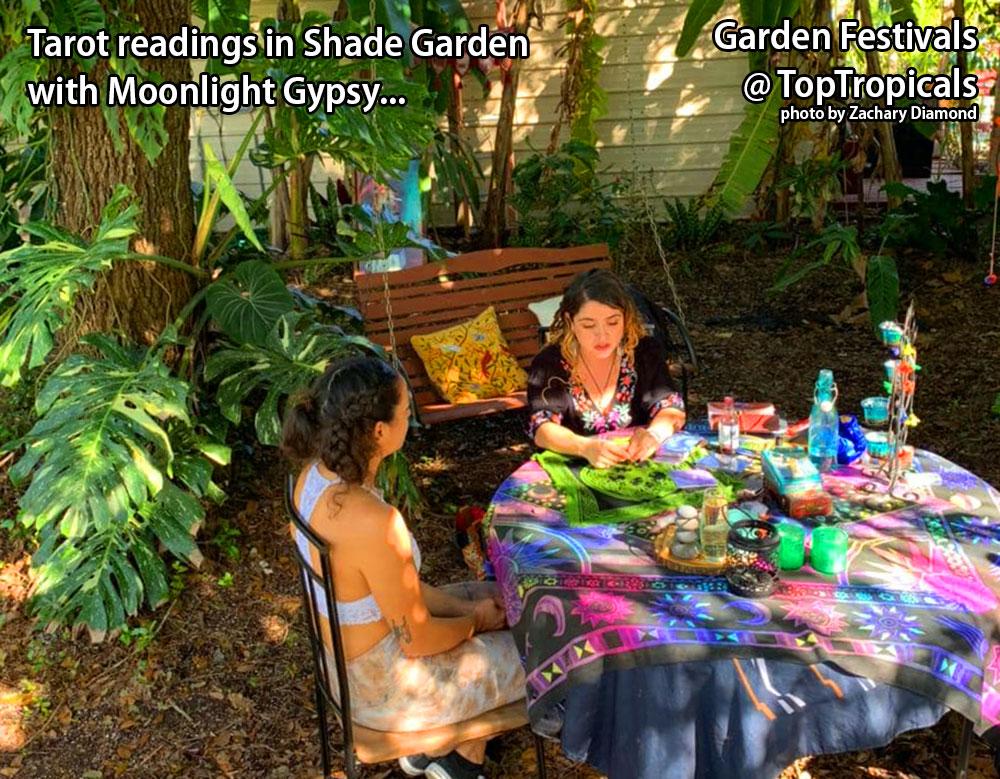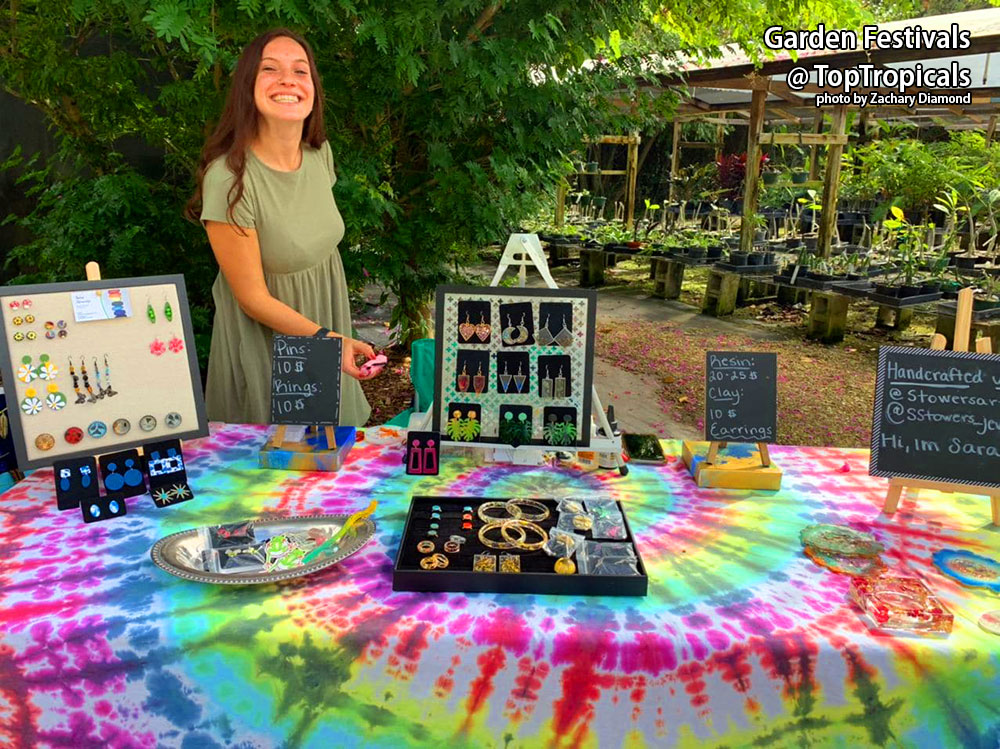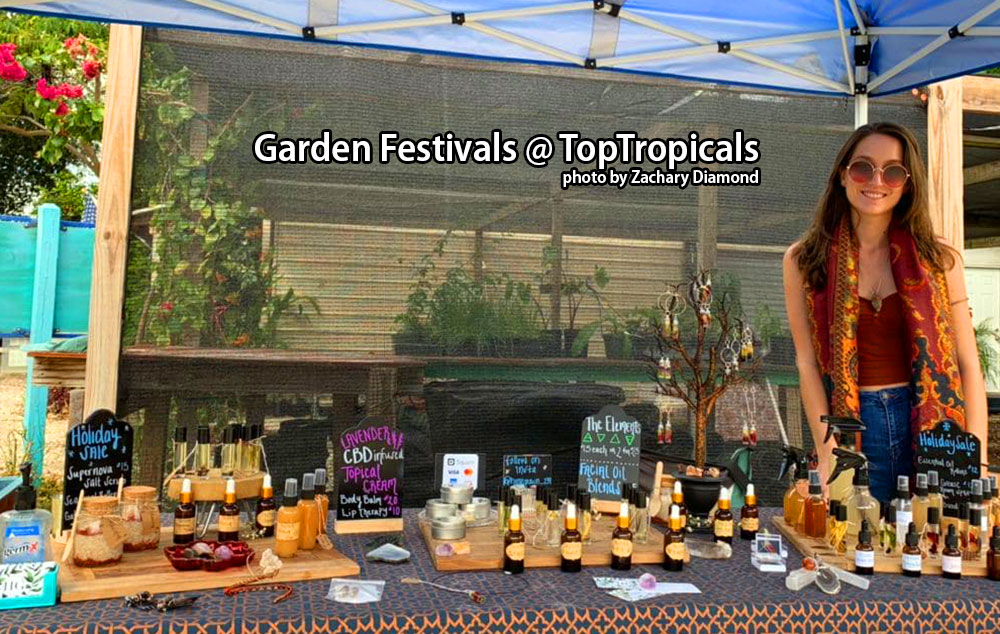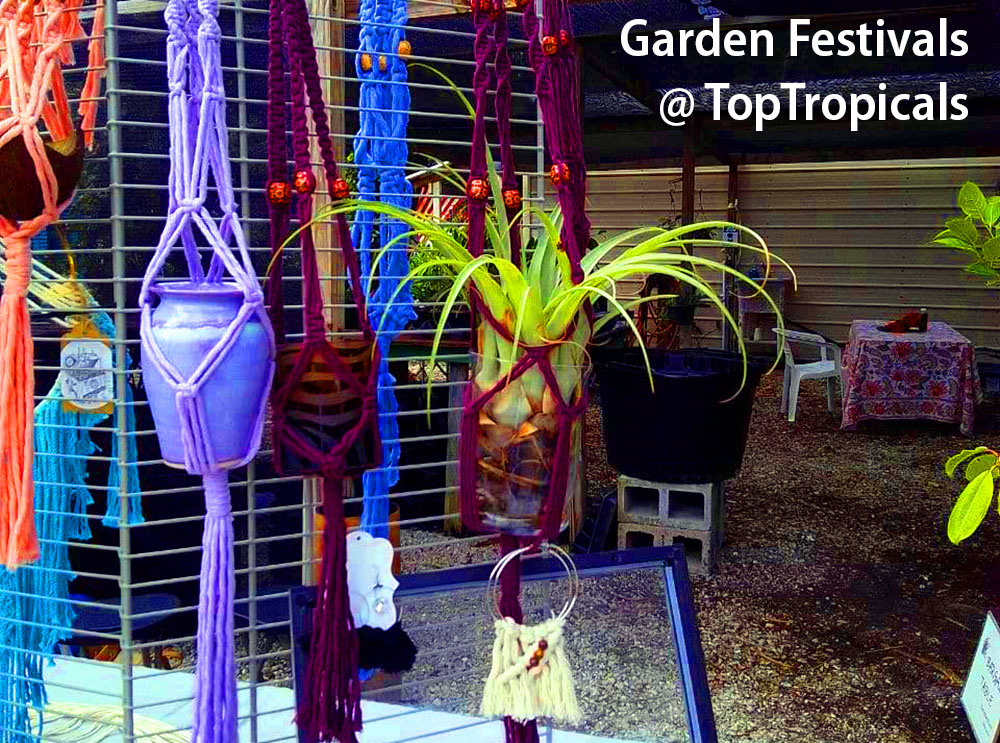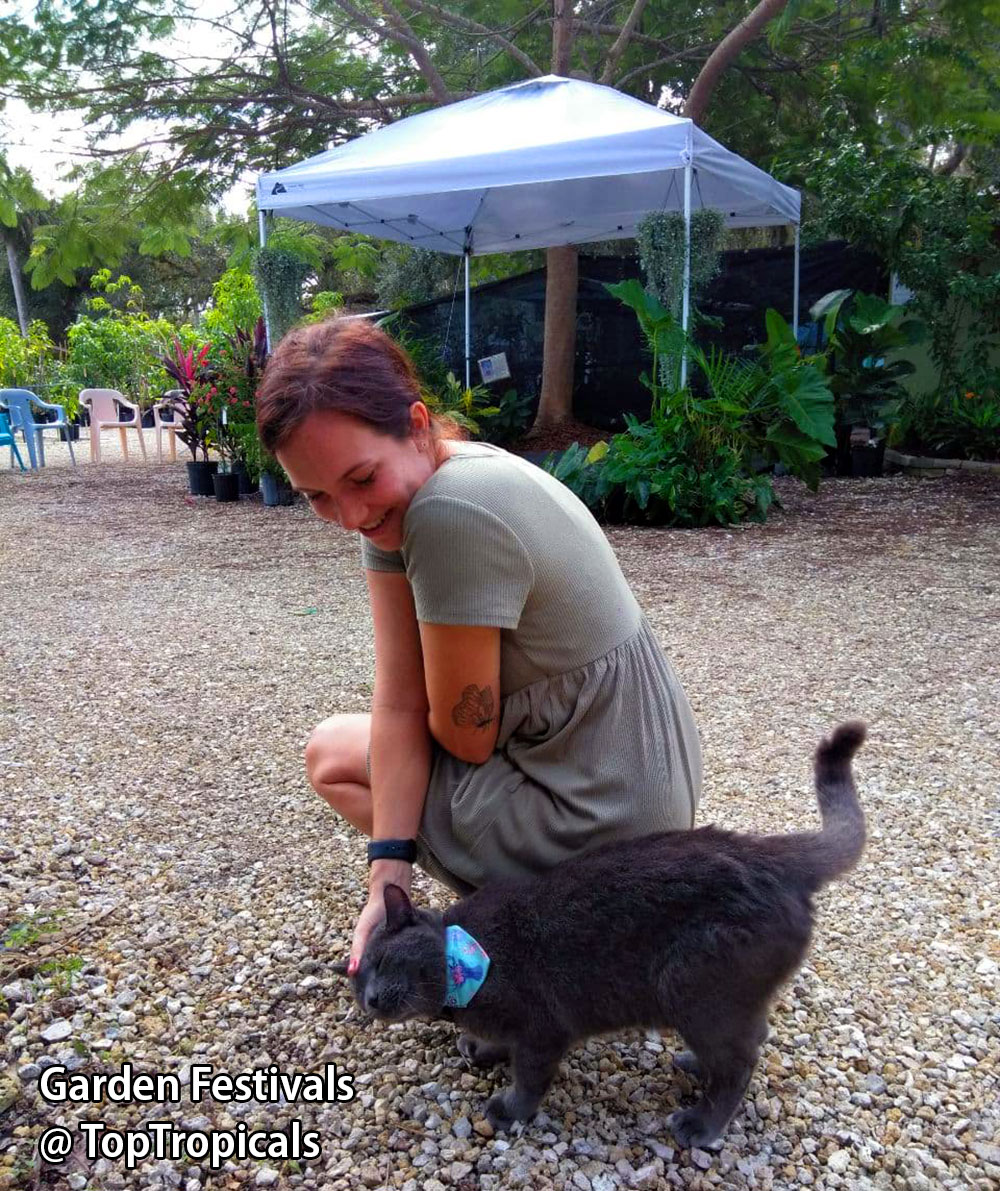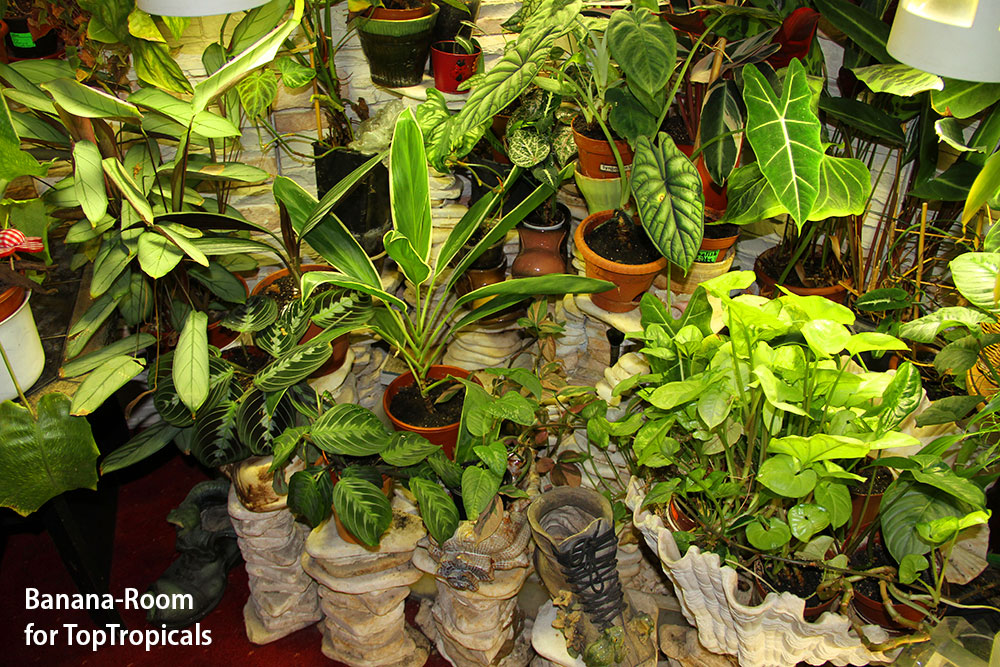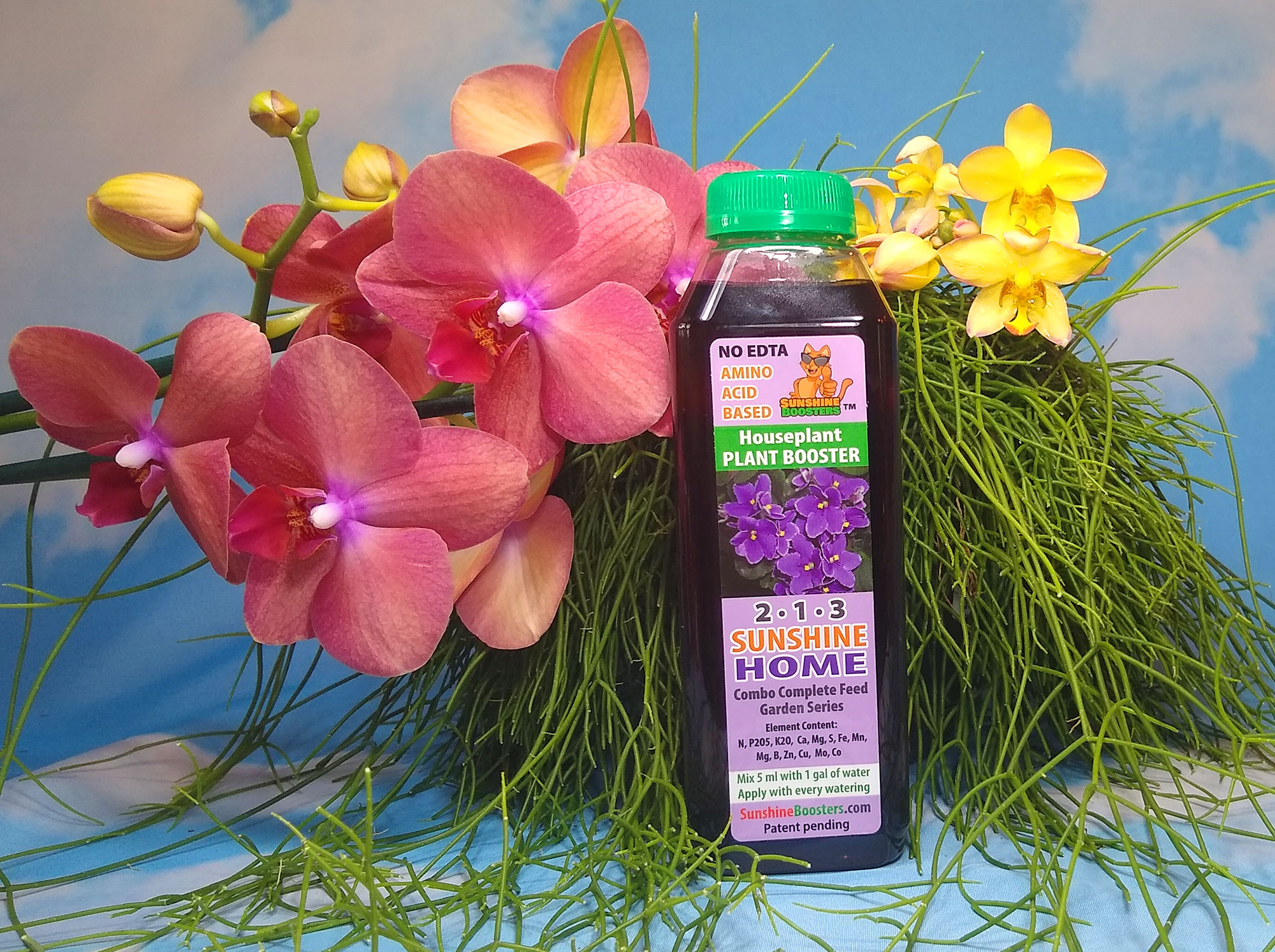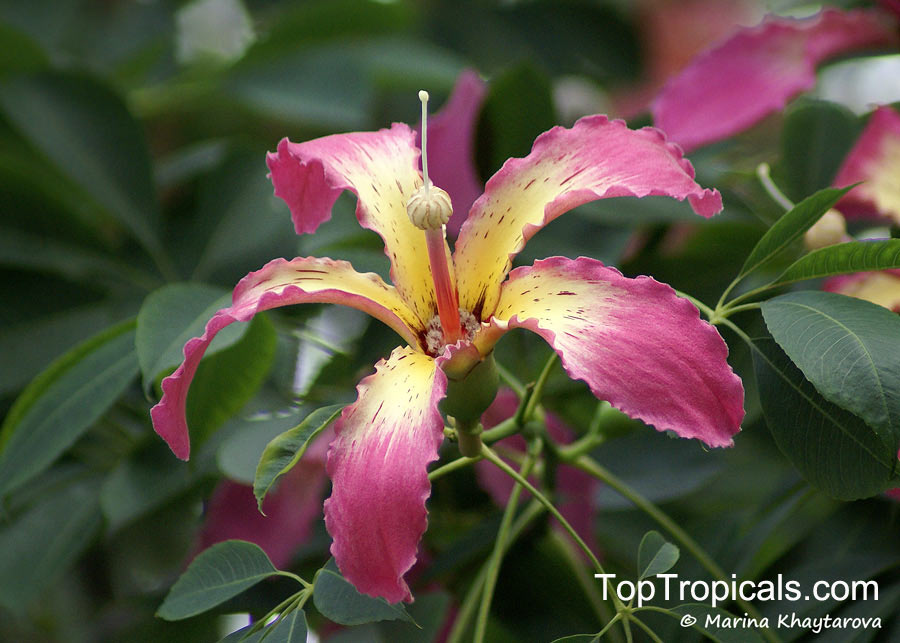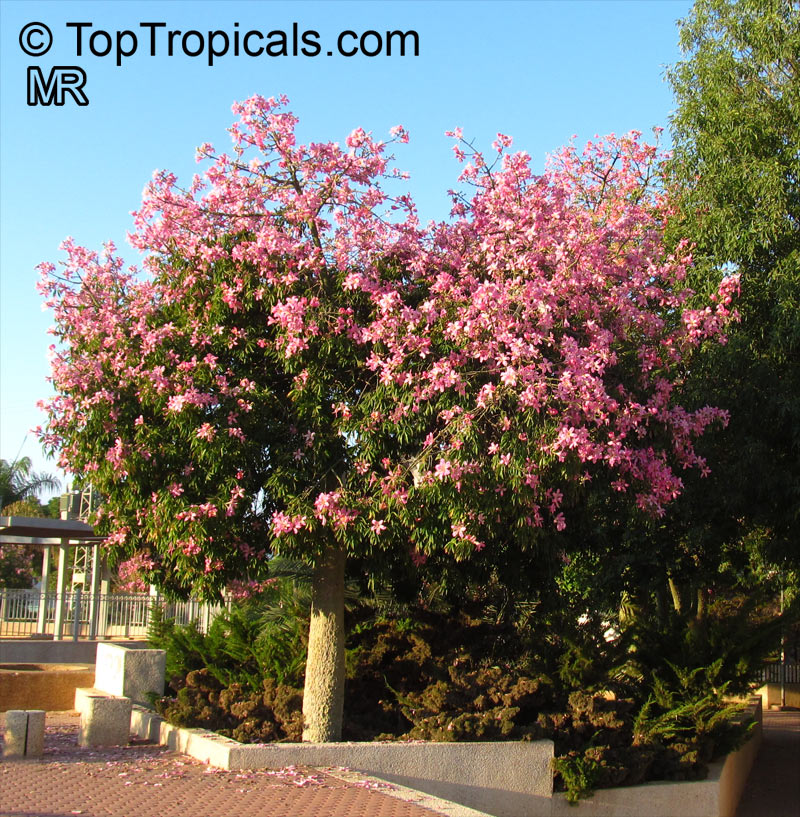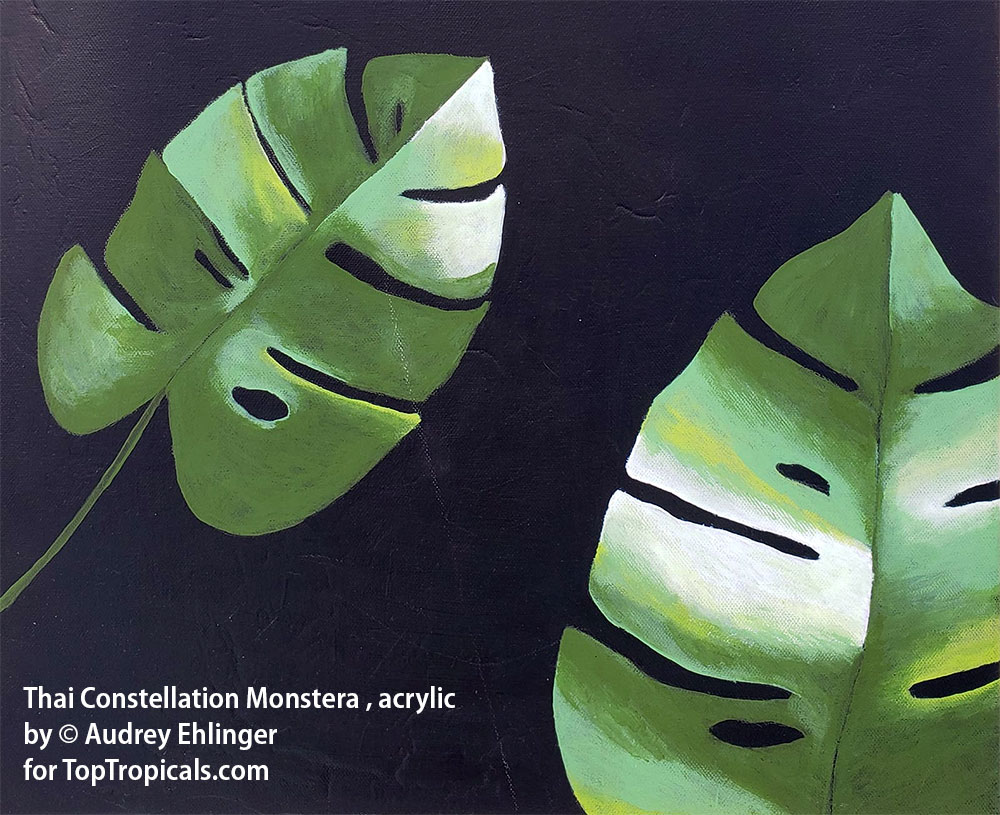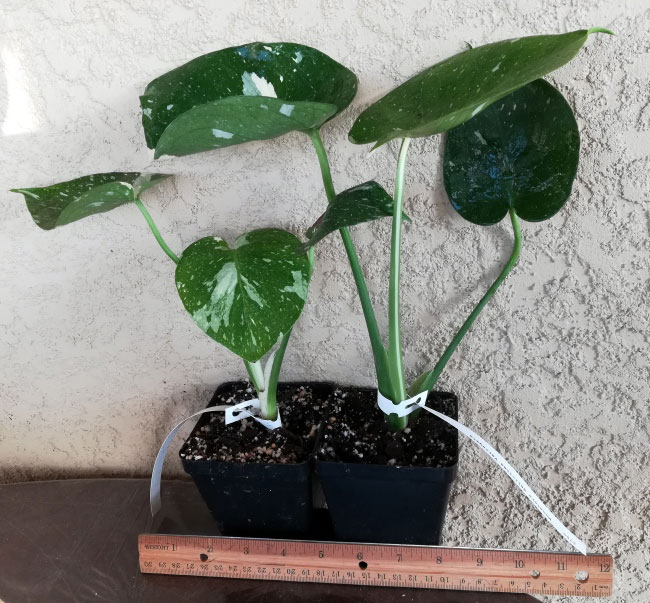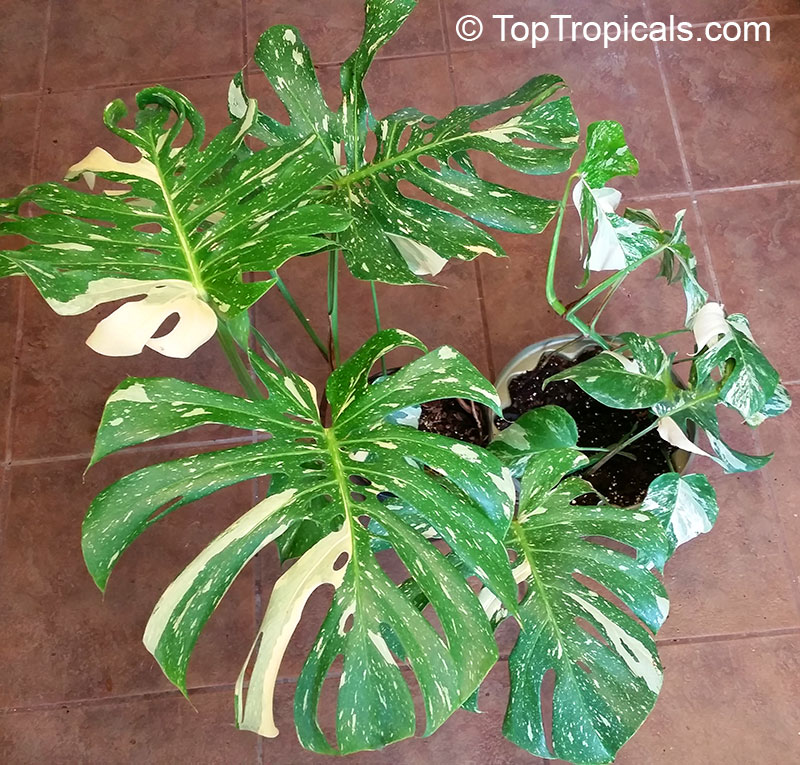Date:
Zephyranthes pulchella - sunny face of incredible Magic Lily
by Mark Hooten, the Garden Doc
...These wonderful little lilies came as a gift from a botanist studying
the native plant life of Southern Texas nearly 30 years ago. Originally
grown from seeds collected for a doctoral thesis, near the town of Refugio (along
the Southern Texas Gulf Coast, just north of Corpus Christi), this
brilliant, fetching tiny lily really deserves to be more well known. The thin,
grass-like leaves grow from small onion-like bulbs that produce an abundance of
shockingly bright cadmium-yellow flowers which greatly resemble those of certain
yellow Crocus, except on longer stems.
There is one caveat which goes along with this incredible species... it can
be wonderful, depending upon a growers situation... which is that this
species is "apomictic". This means that they produce seeds which do not require
cross pollination, and technically are clones of each mother plant!..
